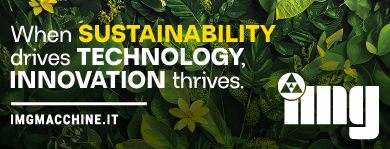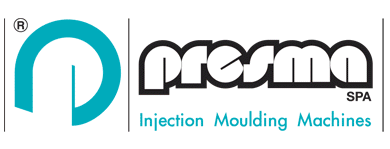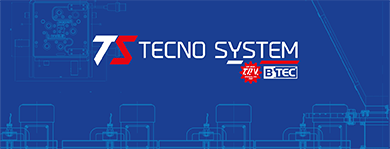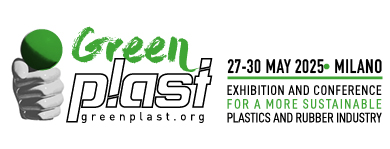New materials for industrial 3D-printing applications
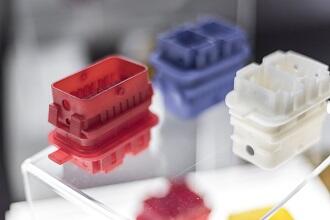
Basf 3D Printing Solutions is presenting a variety of new materials at the Additive Manufacturing Users Group (AMUG) Conference from April 8 to 12, 2018 in St. Louis, Missouri. Together with Essentium Materials, Texas, Basf 3D Printing Solutions is also building up a global distribution network for plastic filaments. Both companies are systematically pooling a substantial part of their industrial filament materials under the name Ultrafuse.
All the filaments in the Ultrafuse series have been developed for industrial applications. “We want to offer our customers all over the world high-quality, high-performance materials for fused filament fabrication printing technology”, explains Firat Hizal, marketing and sales manager plastic filaments at Basf 3D Printing Solutions. The offer also includes comprehensive expertise in application development and knowhow in fused filament fabrication (FFF). The cross-regional distribution agreement covers several products. They include Ultrafuse Z, a special, extra strong filament based on Basf materials, further developed by Essentium, and offered in combination with Essentium Materials’ processing technology, FlashFuse. “This enables us to provide a special material for FFF that allows printing components with optimum strength in the z-direction”, says Hizal. In the course of the year, the cooperation partners intend to launch further, filled and flame-retardant filaments.
Low-melting polyamide 6 for standard machines
Ultrasint PA6 LM X085 is a new material for use in selective laser sintering (SLS) processes. This grey polyamide-6-based powder melts at about 193°C and is easy to process on most commonly used SLS machines. “These properties allow us to offer a PA6-based material to customers, especially those in the automotive and consumer goods industries, where today there is mainly only a choice between different PA11 and PA12 types” explains Alexander Cochrane, marketing manager 3D-Printing Powder Bed Fusion. The manufactured components are distinguished by high stiffness and strength. “The first parts produced with new Ultrasint PA6 LM are convincing, so we expect to be able to supply our first customers with our powder material in late summer”, says Cochrane.
Basf 3D Printing Solutions is also working on various new developments in the field of UV-reactive materials. Photo-Resin X004M, which recently became available, has been specially optimized for stereolithography (SLA), digital light processing (DLP) and LCD printers, in which the light source is placed beneath the printing material. With its high tensile strength and high elasticity modulus, the new material gives convincing results. “We also plan to bring our latest material developments in the area of photopolymers to the market in the near future, to meet industry customers’ requirements for flexible and above all high strength photopolymer components”, says András Marton, marketing and sales manager photopolymers at Basf 3D Printing Solutions. Further developments in UV-reactive materials derive from the area of ceramic photopolymers, which allow additive manufacturing of metal-casting moulds for applications in the aerospace and automotive sectors, for example.
Consistent focus on customer industries and end applications
To address customer needs better, Basf 3D Printing Solutions will be focusing future activities on the customer industries automotive, aerospace, consumer goods, medical and dental technology.
Since February, Basf 3D Printing Solutions has been a member of the Direct Manufacturing Research Center (DMRC) at the University of Paderborn. The aim of the DMRC and its industry partners is to improve additive manufacturing processes. Interdisciplinary teams have been working since 2009 on cross-technology projects to further develop 3D printing for end applications.




